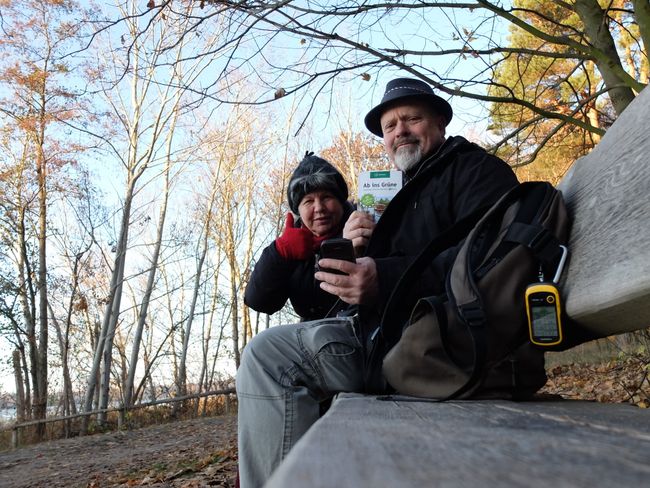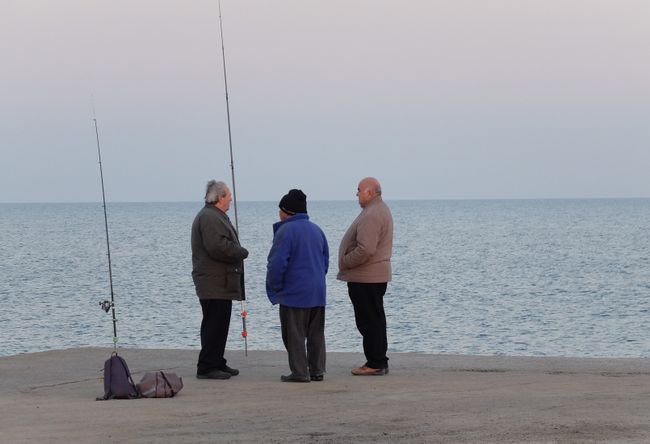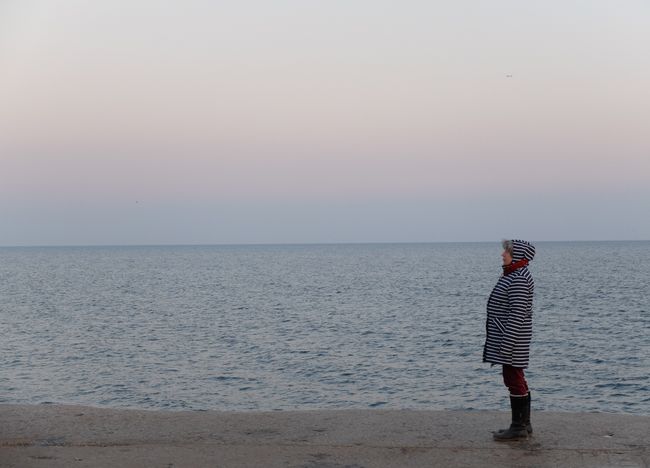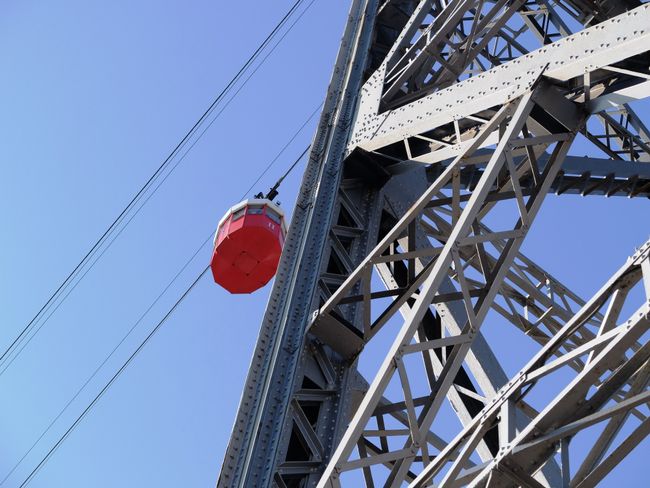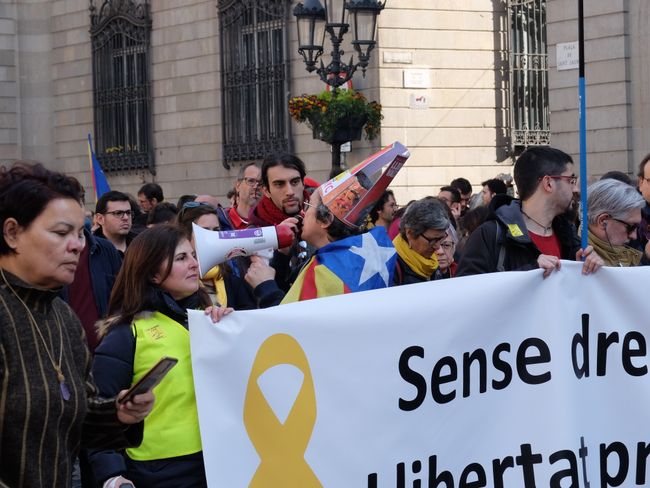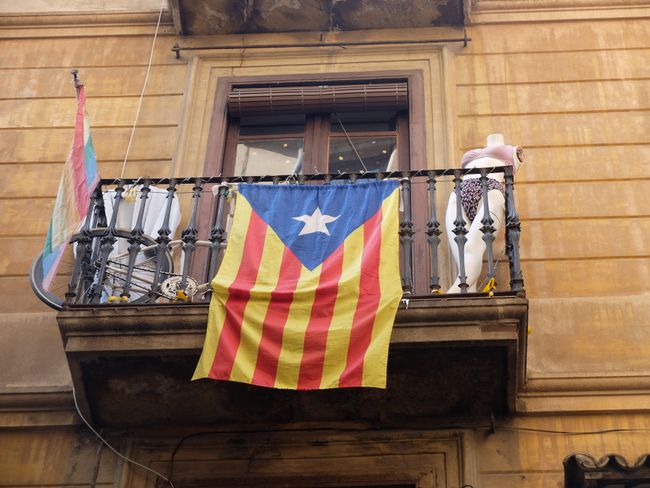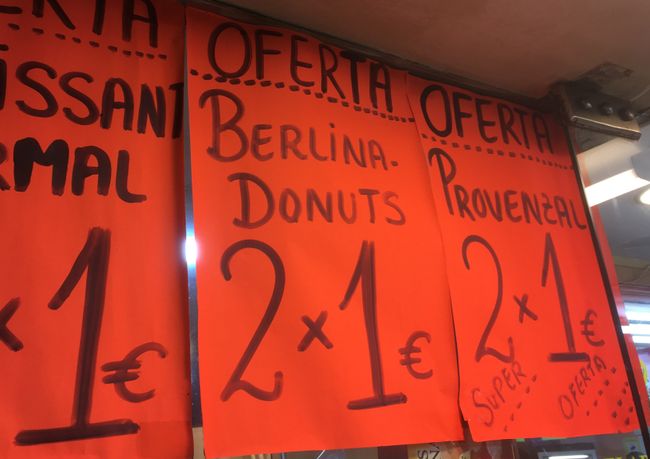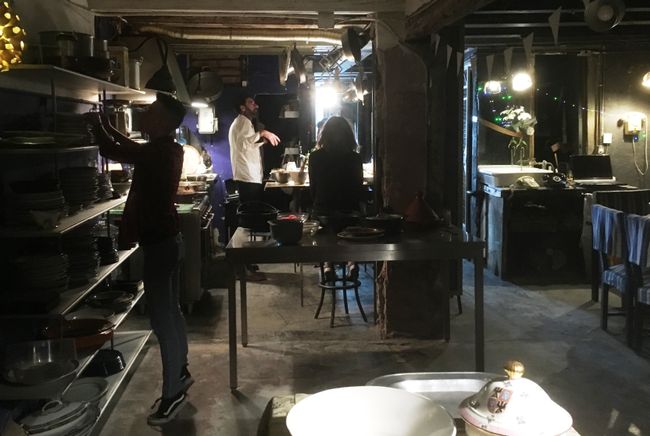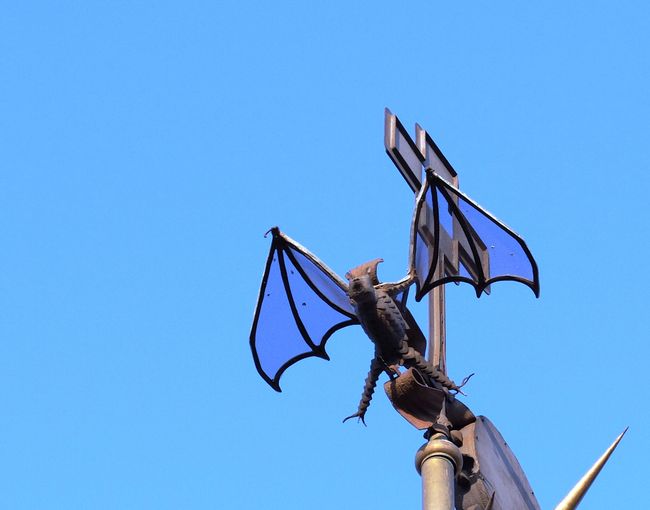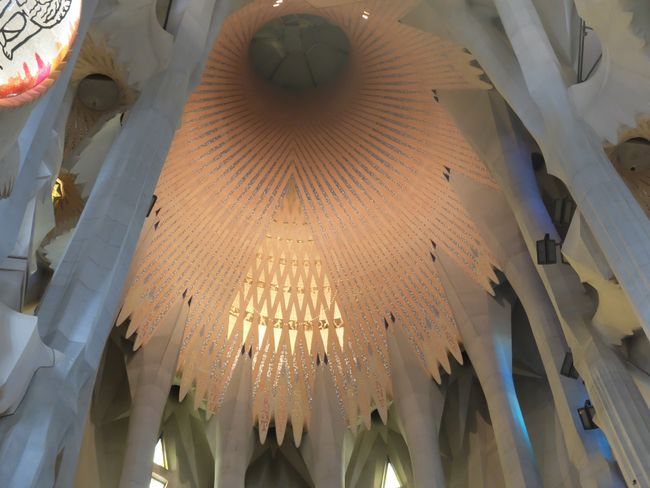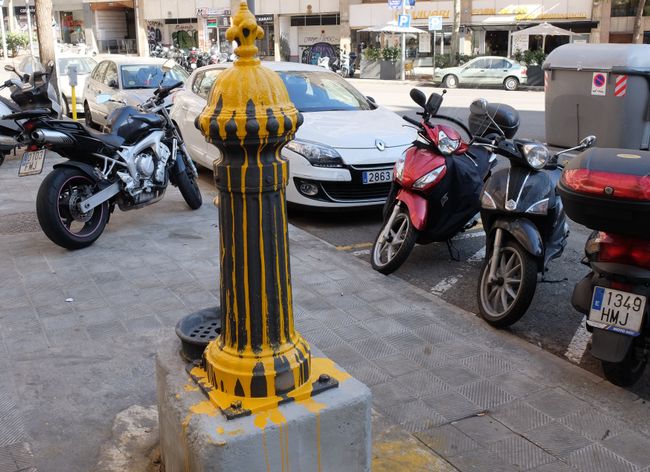Lots of Barcelona
வெளியிடப்பட்டது: 25.02.2019
செய்திமடலுக்கு சந்தாதராகவும்
Starts off well! When leaving the house, we realize that I forgot to remove my bike from the lamp parking lot and secure it in the courtyard. The saddle and seat post were stolen that night, and there is no time to save the rest. The bus 171 to Schönefeld is not waiting, and so we can imagine for five days in Barcelona how the whole bike disappears piece by piece, except for the lock and frame.
Literally 'Lots of Batcelona', as older people from Koblenz say. Fortunately, it doesn't continue like this, but it becomes a beautiful, sunny short vacation that exceeds almost all of our expectations.
Checked Out
It's incredible how many tourists visit Barcelona. We often hear that the locals are rebelling. We don't notice much of that. At least we don't see any corresponding graffiti and posters like in Kreuzberg, and we are only scolded once for being in the way. Just cyclists.
We join a sightseeing tour. Our group consists of Americans, Canadians, Israelis, English, and the tour guide is from Ireland. She shows us the Gothic Quarter, the old town center, and we learn many things from her that we hadn't noticed before. We can highly recommend that, especially since the offer is very affordable. There is no fixed price, it works on a tip basis. Just look for people with a green umbrella on Placa Reial every day at 11:00 am and off you go in five 'German minutes', as our guide says, after 11:00 am. You can either visit the Gothic Quarter or have five buildings explained to you by Antoni Gaudi.
Never Again
Eating out and having a drink is always a pleasure in Barcelona and not at all expensive. Most of the time, at least. In the shadow of the Sagrada Familia, you can pay six euros for a small beer if you mistakenly think that the pub looks very cheap. But just 30 meters away from the hot spots, you can find real gems. Our favorite is 'La Fonda', two blocks away from La Rambla. At lunch, you can get a three-course menu with wine for 11.50 euros. A large, lovingly designed space, great service, and good food apparently don't have to be expensive. There are also fabric tablecloths and napkins. The tables are constantly occupied, with tourists and locals in equal parts, all of whom are familiar with the waitresses and waiters and discuss the quality of the wine lively. But because the restaurant is so large, we get a table within five minutes both times.
You can only get a table at 'Never more' by reservation. It is supposed to be our birthday highlight. We are punctual, and the door in a dark alley of the Raval district is opened by a youthful, female punk. She leads us to our table in the background. Guidance is also necessary because it is almost pitch dark. Only after a few minutes, can you recognize differences in the room. Around the stove, like a stage, there is a high table with six seats. We sit five meters away at the set table, which is decorated with flashing grapes. As promised, none of the table settings match. The dining room is a cellar that is only superficially tidied up and fortunately heated. The master appears and starts using his tools. In addition to the three couples who have meanwhile taken their seats at the high table, he uses the audience as well. It becomes a performance accompanied by occasional cooking. The punk woman zips back and forth and immediately washes every piece of dishes or cutlery after use because there is not much available.
All very charming! An experience! If only the food were better! The soup is not only tasteless but has no flavor at all, you can't recognize the color because of the lighting conditions. The mushroom scrambled eggs have room for improvement, and the veal schnitzel doesn't make up for it either. The best parts of the menu are bought, like the anchovies. It's hard to mess up an avocado. Well, a bit of salt and pepper wouldn't hurt. 'Never More', never again.
Gaudi
Of course, nothing works without Gaudi. Many cities are associated with influential architects, such as Berlin with Schinkel, for example. But in no other city is an individual architect so dominant for the image and at the same time so popular as Antoni Gaudi in Barcelona. That's probably because it's so easy to like his colorful, eccentric works. That certainly wasn't the case during his lifetime. Only very wealthy people and very wealthy institutions could afford his extravagance, and not everyone liked his creations. They called his last building before the Sagrada Familia on Passeig Gracia the stone quarry. The house was originally built from normal, cuboid sandstones. The wavy shape was later carved into the finished wall by sculptors. He couldn't finish it according to his vision because the sponsors had had enough. He spent the last decades of his life exclusively working on the cathedral, which may be completed in seven years, after 140 years of construction.
Farewell
Of course, we walk through the construction site one more time and marvel at the boldness of Gaudi and the crowds that pilgrimage through the church. On our last day, by chance, we end up at the eternal construction site again and have a coffee in the presence of cranes and cover sheets. Will we ever see the finished building? Whatever. Soon we are going home, and soon we will think of the bike again. At midnight, we see that the saddle and seat post will remain the only victims.
செய்திமடலுக்கு சந்தாதராகவும்
பதில்

